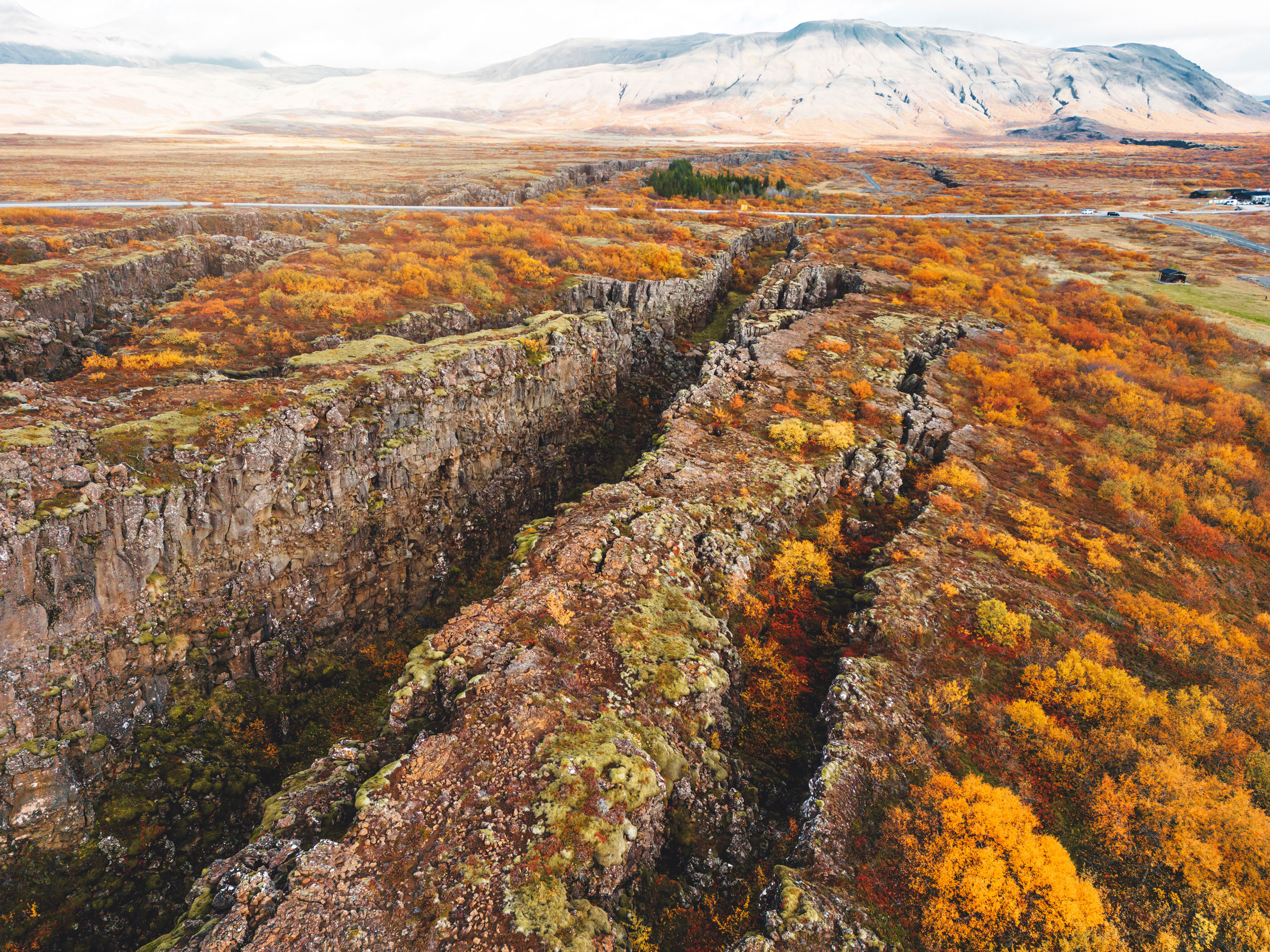
Projects
Until recently, the non-dispersive shallow water wave equation has generally been thought to be adequate for modeling of deep-ocean tsunamis. Even though dispersion is obvious at trans oceanic distances, the effects on maximum tsunami height are small, and since height is normally a good criterion on which to base...
Distributed acoustic sensing (DAS) is an emerging passive seismic technique that converts telecommunication fibre-optic cables (dark fibres) into thousands of ground motion sensors. This project aims to harness DAS and the big data arising from it to develop unprecedented high-resolution images of the Earth's structure
Earth’s internal structure and processes, which cannot be observed directly, must be inferred from data that can be collected at (or above) Earth’s surface. Our research in Mathematical Geophysics at ANU attempts to address the question of `How to do this?' `How robust are the results? '.
Pore-water within a basin flows in response to supply, extraction, topography, and imposed pressure gradients. Changes to these parameters in complex, tectonically active basins require complex, 3D, coupled models to understand. This project is concerned with developing, testing and applying such models.
Status
Potential
People
- Dr Romain Beucher, Supervisor
- Professor Louis Moresi, Supervisor
- Professor Louis Moresi, Principal investigator
ARC Discovery Project 2013
Signal enhancement exploiting multiple arrays of seismic recorders will provide information on fine scale structure in the Earth that cannot be directly imaged, yet is vital for reconciling geophysical and geochemical understanding. Novel methods linking adaptive stacking, 3-...
Status
Completed
People
- Professor Brian L. N. Kennett, Collaborator
- Professor Hrvoje Tkalčić, Principal investigator
We wish to understand the Earth’s internal structure and processes, but we cannot observe these directly: everything must be inferred from data that can be collected at (or above) Earth’s surface. This project explores novel mathematical and computational methods for solving these challenging problems.
Predictive models of plume lithosphere-interaction.
One of the most fundamental gaps in our understanding of mantle convection lies in the dynamics of upwelling mantle flow (i.e. mantle plumes) and the signature of such flow at Earth's surface. While mantle plumes have been extensively studied, certain aspects of their evolution remain poorly understood.
Mantle convection is the `engine' that drives our dynamic Earth. It is the principal control on Earth's thermal, chemical and tectonic evolution. The mantle transition zone plays a critical role in this fundamental process, by controlling the passage of material between Earth's upper and lower mantle.
To better understand how large tsunamis are generated, it is important to be able to accurately model the sea level signals they generate. A number of researchers have identified systemic discrepancies between observed and modelled tsunami wave speeds for two recent major tsunamis, the 2010 Maule and 2011 Tohoku...
Status
Completed
People
- Dr Sebastien Allgeyer, Principal investigator
- Professor Phil Cummins, Collaborator
This research program explores the geodynamic history recorded by sedimentary basins and its influence on lithospheric architecture, geological processes, and critical mineral systems.
Status
Current
People
- Dr Mark Hoggard, Principal investigator
- Edgar Leong, Student researcher
- George Gibson, Collaborator
- Haining Chang, Student researcher
- Jabir Hussain, Student researcher
Groundwater storage is subject to climatic and anthropogenic forcing, but modern monitoring tools are not sufficient to capture its detailed response in both time and space. This project aims to develop an advanced seismic framework to sense subtle subsurface changes related to groundwater variations.
Status
Potential
People
- Dr Chengxin Jiang, Principal investigator
- Dr Chengxin Jiang, Supervisor
- Professor Louis Moresi, Collaborator
- Professor Meghan S. Miller, Supervisor
The amplification of seismic waves in sedimentary basins is an important aspect of seismic hazard that is often poorly understood. This is particularly important in Indonesia, where most major cities are built on basins filled with young alluvial sediments and/or volcanic tuff.
Distributed acoustic sensing (DAS), an emerging technology in solid Earth geophysics, provides new avenue to perform array seismology by transforming a single fibre-optic cable into a continuous sensing element which can collect broadband data at ~1 metre-spacing.
Seismology of the deep Earth refers to studying the Earth's lower mantle and core using various seismological techniques. Seismology is the powerful tool to study the Earth's interior because the waves generated during earthquakes sample different depths and regions in the Earth's interior and carry the information...
Accurate moment tensor solutions are crucial to developing a reliable seismic hazard assessment for Indonesia. Not only are these source parameters relied on for describing the style of faulting and earthquake recurrence in a particular region, they are also critical in developing the Ground Motion Prediction...
Seismologists combine the so-called receiver functions and surface wave data to improve the general understanding of crustal and upper mantle structure in various regions of the world. An important humanitarian objective of obtaining improved structural models is better understanding of the seismicity and hazard...
Subduction zones are the most prolific producers of seismic and volcanic activity on Earth, yet many aspects of the subduction factory remain poorly understood. Surrounded by plate boundaries Australia has a unique advantageous location for recording earthquakes originating from nearby subduction zones.
Linking plate tectonic reconstructions, mantle convection and volcanism to unravel the first-order geodynamic controls on mineral formation and preservation across the Tasmanides.
The Australian Seismometers in Schools project (AuSIS) is an outreach program to install 50 research quality broadband seismometers in Australian Schools. The goal of the program is to raise awareness of geoscience through observing our dynamic earth in motion. Students are required to look after their own...
Status
Current
People
- Associate Professor David Heslop, Supervisor
- Dr Sima Mousavi, Support officer
- Professor Malcolm Sambridge, Principal investigator
